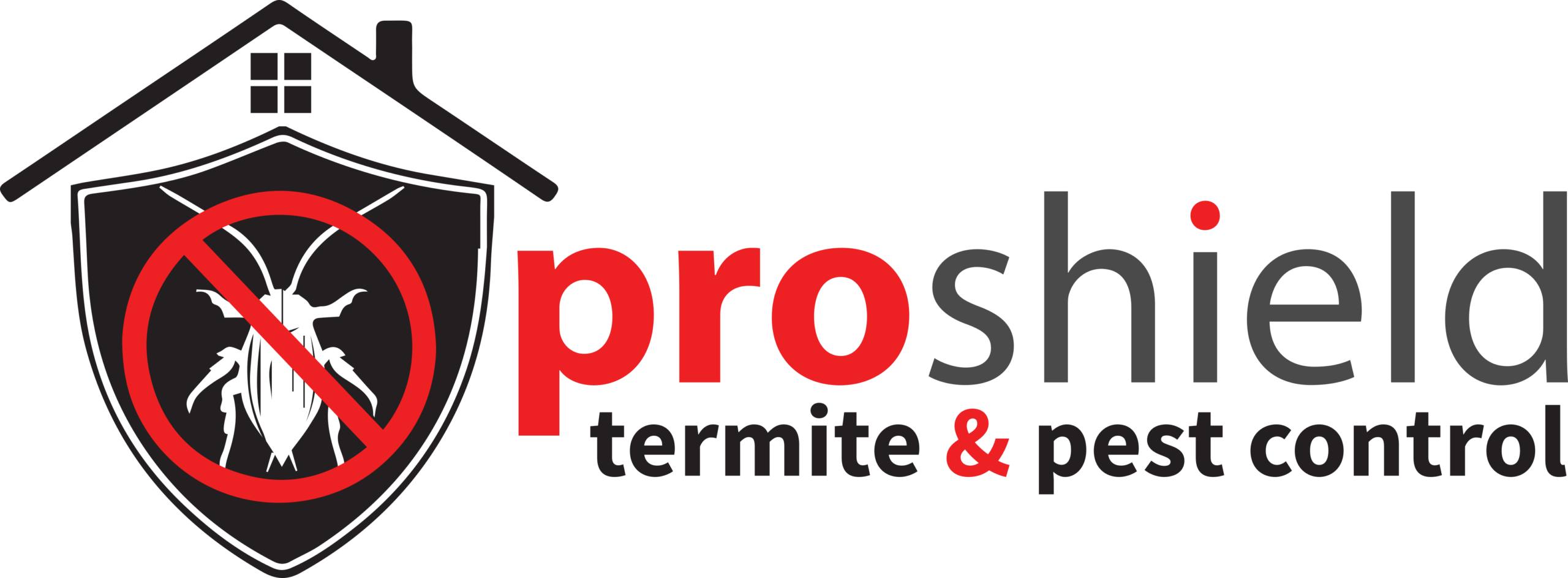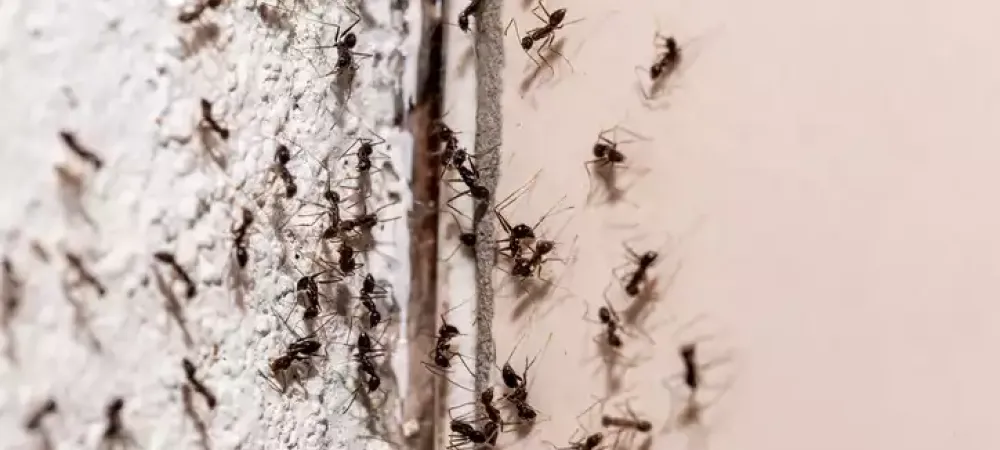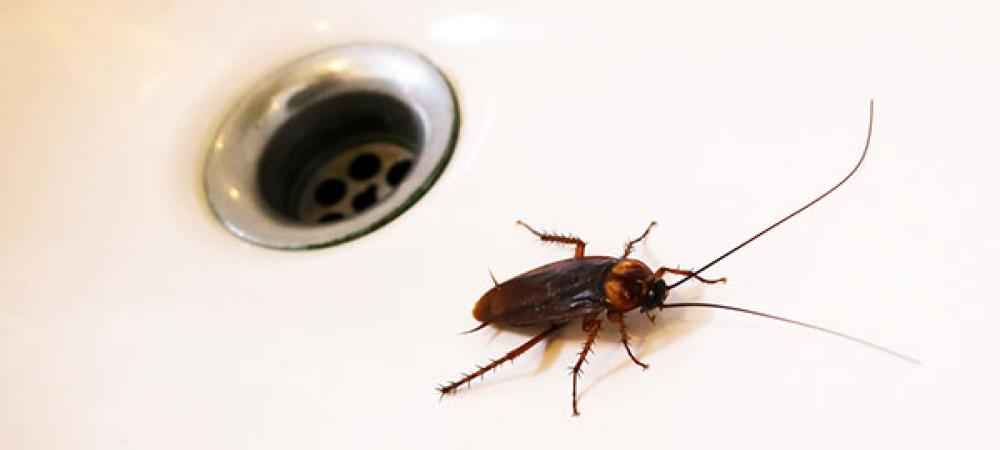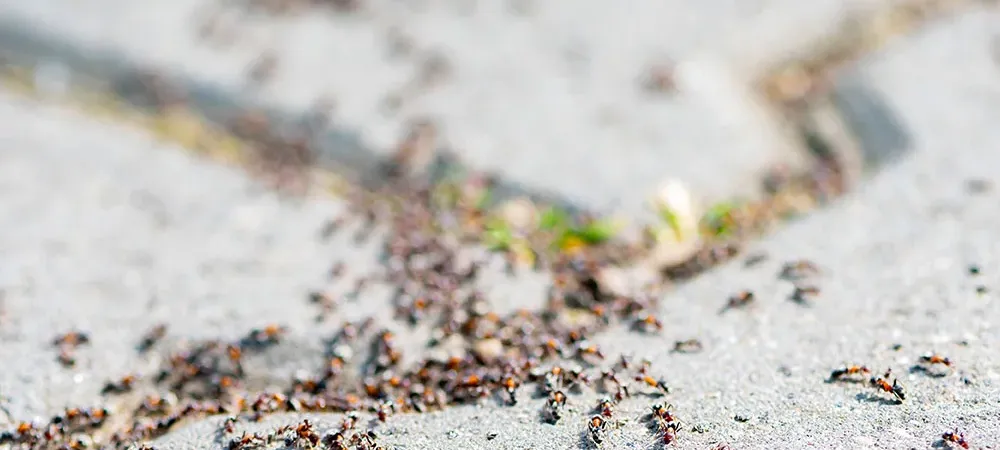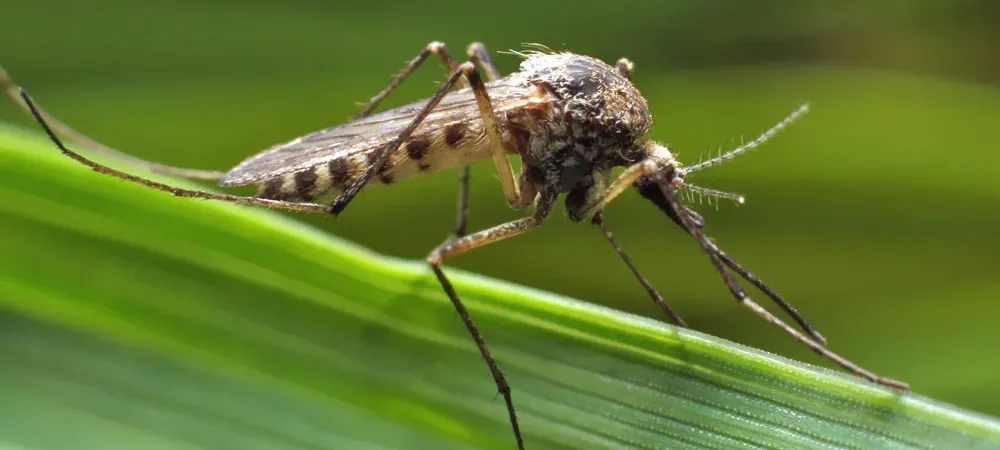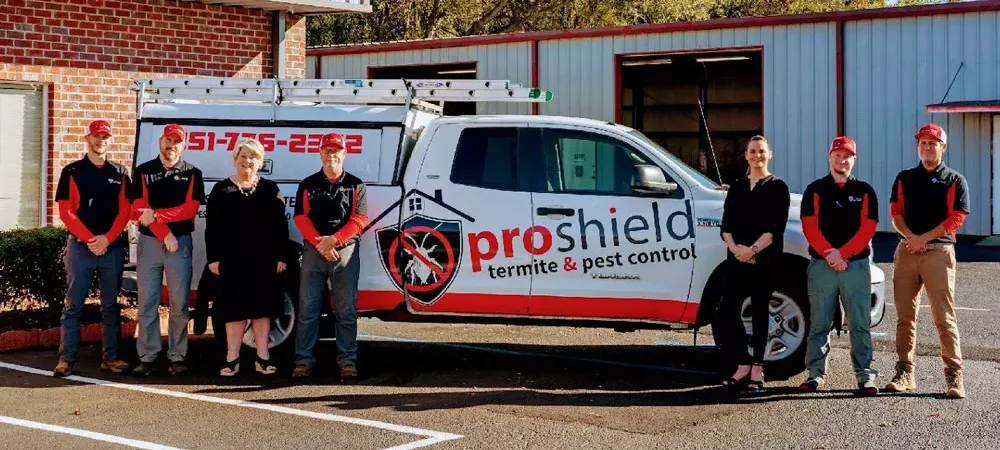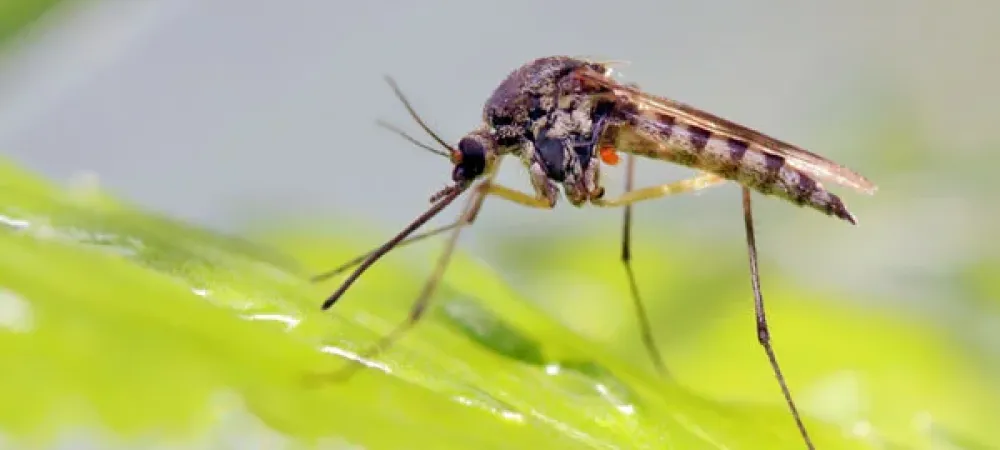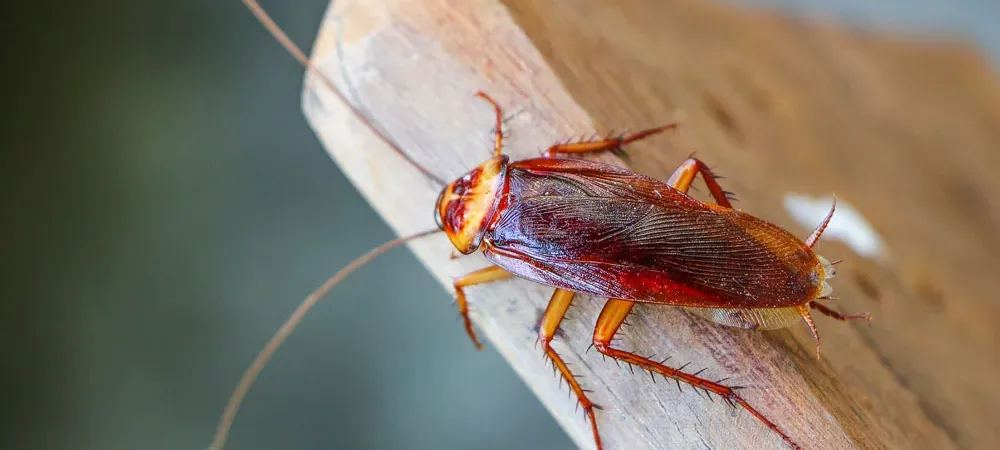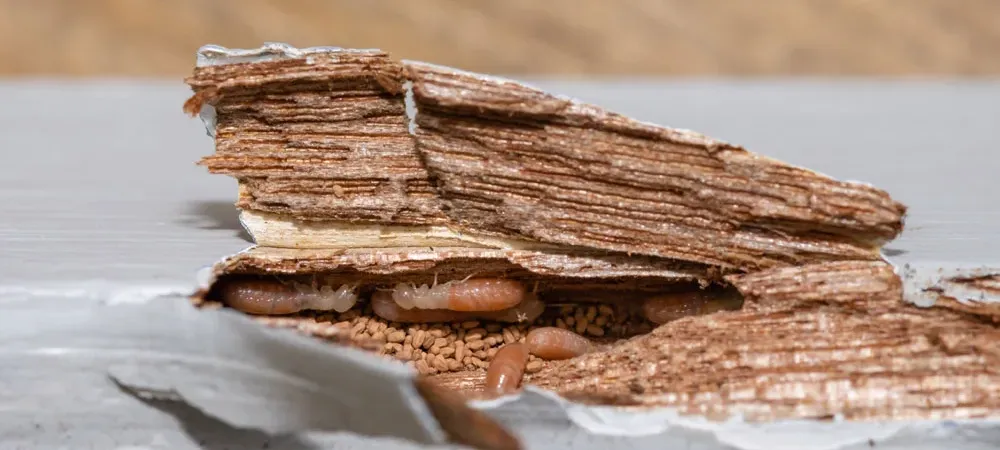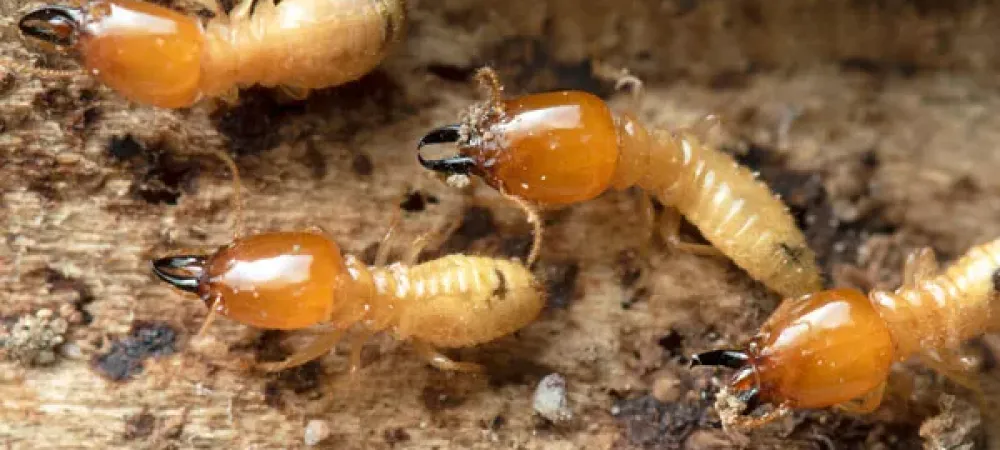No one wants to deal with a termite infestation, but the unfortunate reality is that these infestations happen, and they’re more common than you might think. Over 600,000 homes in the United States are invaded annually, and Alabama is among one of the most heavily impacted states. So, what are the signs to look out for when it comes to these unwanted visitors? At ProShield Pest Control, we’re here to make sure you and your family are safe from these unpleasant pests, so we’ve put together a list of things to look out for.
Structural Damage Indicate a Large Termite Infestation
Although this is a pretty obvious sign, you want to be vigilant and keep an eye out for any damage you may see to your property. Even structural issues such as floors that seem to sag or ceiling damage can be an indication of termites. Termites are known to bore holes into wood structures, so look out for any buckling wood or holes and craters you find around your home.
What Does Termite Damage Look Like?
Termites are the bane of the home-owning world. They may look harmless, but they can cause serious damage to your home’s structure if left unchecked. Fortunately, termite damage is easy to spot once you know what to look for. Here are some common signs of termite infestation in your house:
Bubbles in paint
Bubbles in paint are a sure sign of termite damage. The bubbles are usually caused by termites eating the wood behind the paint, which can cause it to swell and rise up. Termites can also eat through the wood and leave behind tiny pinholes in the paint. If you notice these types of bubbles on your ceiling or walls, there’s a good chance that they have been damaged by termites or other insects like carpenter ants.
Cracked paint
If you have cracks in your paint, it’s best to have them repaired by a professional. Cracks in the paint can be caused by termites eating away at the wood beneath the surface, or they can occur because of moisture damage. The way to repair these types of cracks depends on their cause and will be determined by a professional.
Holes in the drywall
If you suspect termites are in your home, look for holes in drywall and other evidence of their activity. Drywall is eaten by termites because it’s soft and easy to digest. Termites can also eat through wood, but only if it’s already damaged or it’s not treated with a protective finish, like paint or varnish.
Termites will also eat insulation if they can get at it; this includes fiberglass insulation that’s packed into walls as well as cellulose-based insulations like fiberglass batts (also called “blueboard”). They can also attack plastic pipes and wires under the house if they aren’t protected from moisture by conduit or sheathing, respectively. Cardboard boxes or paper products may become infested with termites if they’re moistened by water leaks inside the house; even after these items dry out again, colonies may persist on them until humans remove them and dispose of them safely away from their homes.
Hollow-sounding wood
When termites attack your home, they will leave behind damage that is often hidden from the naked eye. One sign of this type of damage is hollow-sounding wood. To check for this, you can tap on the wood with your fingernail or a small piece of metal. If it sounds hollow, then termites have eaten through the interior of that part of the wood and it should be replaced as soon as possible because it could collapse. Termite damage can be severe if not taken care of quickly.
Termite infestations can lead to serious structural issues in a building if left unchecked for too long. Depending on how much damage has been done and what kind of treatment you need (if any), an inspection may cost upwards of $500-$1,000 or more!
Termites Will Create Mud Tubes on Your Property
Termites create mud tubes in order to shield themselves from dry air and predators while they travel. These tubes look like long brown veins along a wall or foundation and are most often found outside. The state in which you find these tubes can even be an indication of how long they have been there. For example, dry and brittle tubes are older while new tubes are moist.
Look Out for Termite Droppings
Another common find when termites have invaded your home is the presence of termite droppings. These droppings also called “frass”, are typically the color of wood and shaped like tiny pellets. Frass is often mistaken for wood shavings, so make sure to take a closer look if you think you may have termites taking over your home or business.
Termites Shed Their Wings
It is not uncommon for termites to shed their wings. As a result, it is not uncommon for infested buildings to have the presence of these shed wings after a mature termite colony has inhabited them. Look out for small, translucent insect wings and give us a call if you see any present, whether it be on a windowsill or wings found caught in spider webs.
Termites Make Faint Noises
While it takes a good set of ears, it’s not impossible to hear the actual swarm in your home. If you find yourself going crazy over a small clicking noise when you place your head against a wall, it is possible that you are dealing with a colony of termites.
If you suspect that your home may be infested with termites, it’s important to take action quickly. The longer these pests are allowed to stay in your house, the more damage they’ll do—and the harder it will be to remove them. If you’re worried that your property might have been damaged by termites, call us at (251-758-2229. Our experts at ProShield will be happy to diagnose any signs of infestation and provide a free estimate on how much treatment will cost! If you fear that your home or business has been infested with termites, give your friends at Pro Shield Pest Control a call! You can reach us at (251) 758-2229 for quality pest solutions in Mobile, Alabama.
Other Indications of Termite Infestations
Are Your Doors and Windows Hard to Open and Close?
If you have termites, they could be eating away at the wood around your doors and windows. That can cause them to stick or be hard to open and close. If you notice that one of your doors or windows is sticking, it could be a sign that there’s a problem with the wood surrounding it.
Sometimes, termites will eat away at the wood inside of a door frame or window frame instead of just on the outside—so if you’re having trouble opening or closing any type of door in your home (like a bedroom door), this may also be an indication that it’s time for pest control services!
Have Your Allergies Been Acting Up?
If you have been experiencing allergies, this could mean that there is mold or mildew in your home. You may not see it, but there could be a lot of it hidden in the wood of your home. The most common places for termites to enter a house are through cracks and crevices in the foundation and around windows. If you have noticed these signs, then there may be termites living under your floorboards or walls.
A Professional Can Always Tell If Termites Are in Your Home
Termites are one of the most common pests that homeowners face, but they can be hard to spot and even harder to get rid of. If you see any of these signs in your home, it’s important to call a professional. You don’t want to go through the process of treating termites yourself because it can be dangerous and expensive. If you’re not sure what kind of treatment is best for your situation, talk with one of our ProShield experts today. We’ll help you find out exactly what’s going on with your property—and give you peace of mind.
